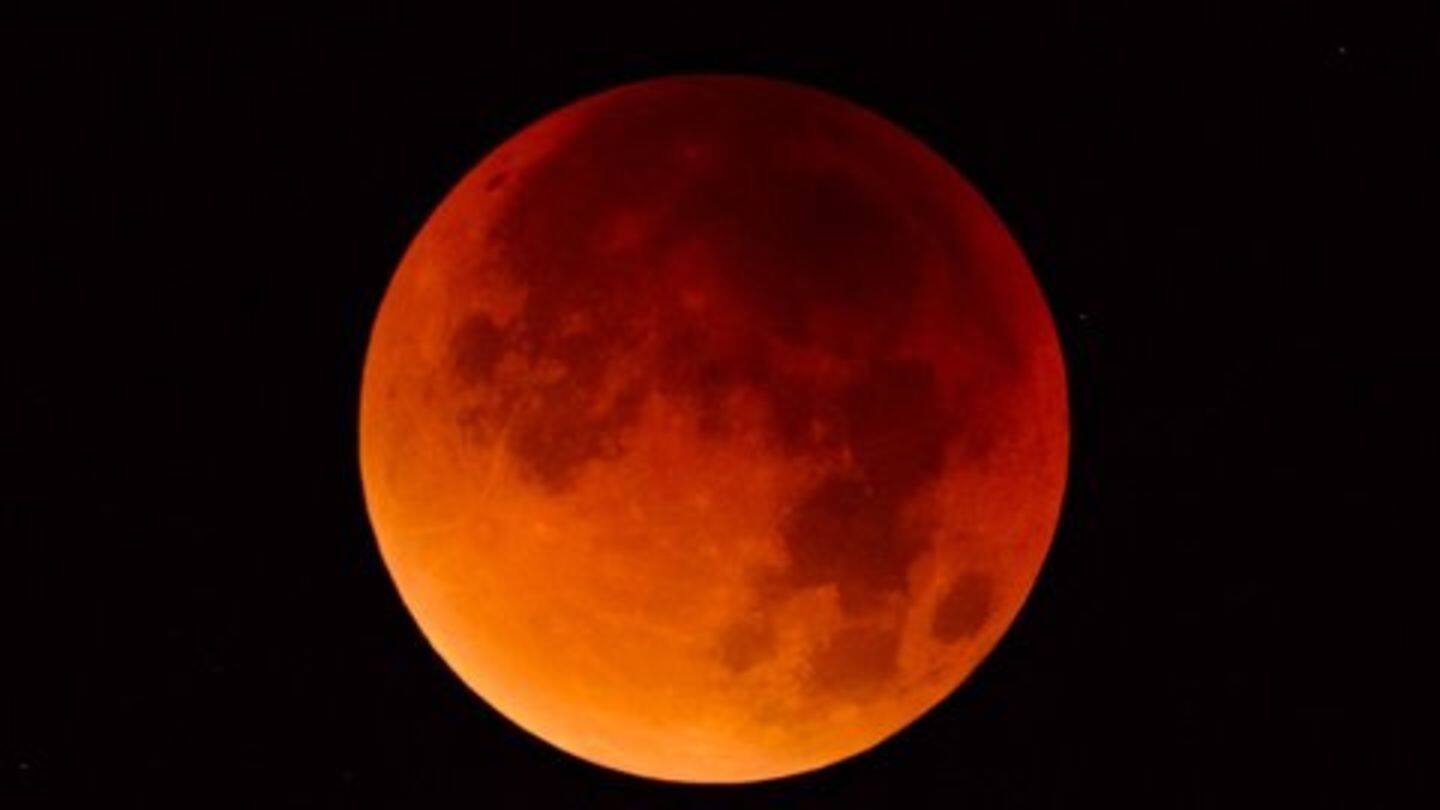
How to watch Century's longest lunar eclipse in India
What's the story
The longest lunar eclipse of the 21st century is almost upon us. On Friday, July 27, earthlings will be able to witness a total lunar eclipse with a Blood Moon lasting a whopping 1 hour and 43 minutes. Incidentally, India happens to be one of the best places to view the celestial phenomenon from. Tighten your seat-belt, here are all the details you need.
Details
Details about the 21st century's longest eclipse
Apart from its duration, there are other juicy details for eclipse enthusiasts and stargazers. In this eclipse, the moon will be at the farthest point from Earth in its orbit, and will thus appear considerably smaller than what is known as a Super Moon (when the moon is closest to Earth). The moon will also be passing through the middle of the Earth's shadow.
Do you know?
An eclipse of this duration is over 100 years away
The total lunar eclipse on July 27, 2018 will be the longest one till the lunar eclipse on June 9, 2123. In addition, the July 27 lunar eclipse will come very close to the longest possible lunar eclipse duration of 1 hour and 47 minutes.
Timings
Timings of the eclipse and seeing the Blood Moon
The entire phenomenon - including partial eclipses before and after the total lunar eclipse - will last over six hours. For Indians, the first partial lunar eclipse will start at around 11:44pm IST on Friday night, and the total eclipse will begin around 1am on Saturday morning. A Blood Moon will be visible between 1:15am and 2:43am IST. The eclipse will end at 4:58am.
Watching it
Where to watch the lunar eclipse from
Due to the relatively small size of the moon, and owing to pollution, people in several metro cities might not be able to witness the eclipse in all its glory. However, people in the countryside should get be able to enjoy the show. There's a chance of cloudy skies blocking the eclipse altogether, but the duration of the eclipse makes that less likely.
Information
Bonus: Catch a glimpse of meteor showers too
The annual Delta Aquariids meteor shower, which occurs between July 12 and August 23, will peak on July 30. However, even on the eclipse night, viewers might be able to catch decent glimpses of the meteor shower owing to lack of light from the moon.